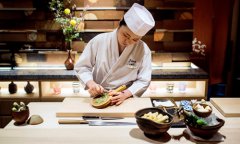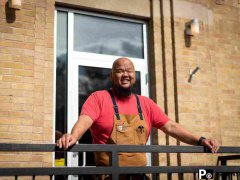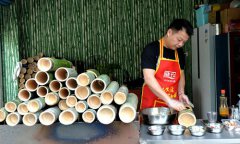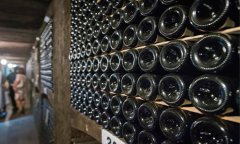
Robin Morgan of Washington State University's Bread Lab works to prepare fresh loaves of whole wheat bread. Morgan is part of a team of scientists and researchers searching for ways to make whole wheat bread resilient to a warming world — and more delicious. Ryan Kellman/NPR hide caption
toggle caption Ryan Kellman/NPRClimate change is affecting our food, and our food is affecting the climate. NPR is dedicating a week to stories and conversations about the search for solutions.
It’s a drizzly, cold spring day outside, but inside the Washington State University Breadlab in the Skagit Valley, richly scented steam billows out of a toasty commercial oven as baker Mel Darbyshire pulls out a tray of puffy mahogany loaves of bread.
“They look excellent,” she says, inhaling and examining their shiny, domed crusts. She pops one out of its tin and cuts into it. The slice looks exactly like the bread emoji — fluffy-topped and perfectly shaped — only this bread is a rich, warm brown on the inside.
Sponsor Message
That’s because it’s made from 100% whole wheat flour. And not just any whole wheat: a mix of different types of wheat called a “Climate Blend,” developed specifically to withstand the increasingly intense weather brought on by human-caused climate change. Both of those factors make this loaf a paragon for the future and a symbol of what bread can be in a climate-changed future.
On top of that, “it tastes amazing,” says Darbyshire.
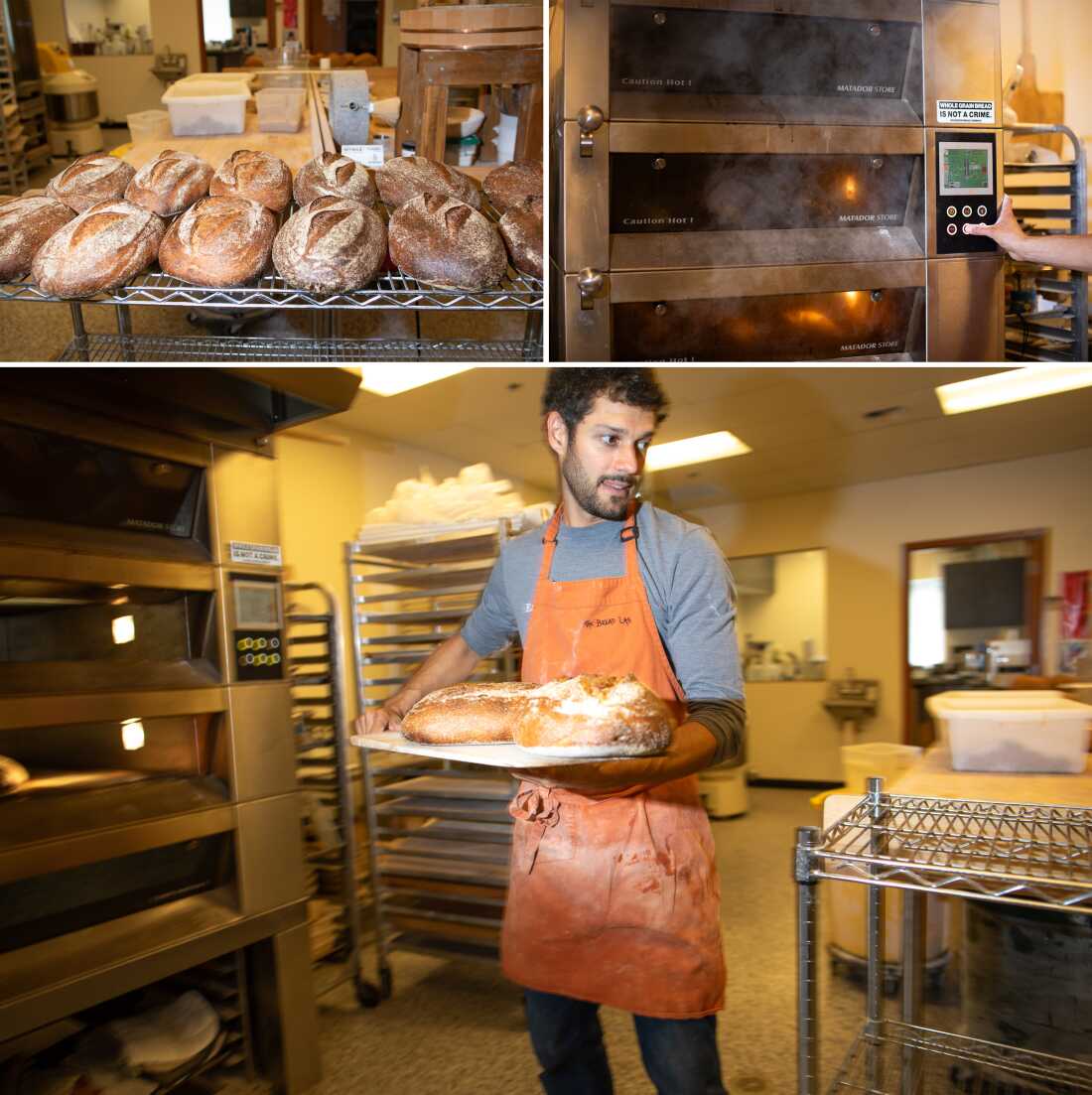
Morgan pulls two styles of 100% whole grain sourdough bread from the oven. They're made with different Climate Blend flours. One, sourced from the Kisler's farm, is a deep purplish red and makes a strikingly colored loaf. The Blends are made from mixes of different types of whole wheat, developed specifically to withstand the increasingly intense weather brought on by human-caused climate change. Ryan Kellman/NPR hide caption
toggle caption Ryan Kellman/NPR Keeping wheat alive and ready to thriveThe perfect, puffy loaf of bread that came out of the Breadlab oven is the culmination of years of research, both agricultural and baking-centric. Its origins can be traced back to 2009, when wheat breeder and longtime home baker Stephen Jones started the Bread Lab in an old, fluorescent-lit office park in the damp, fertile Skagit Valley.
He had worked as a commercial wheat breeder for decades. But he had become disillusioned with the grain industry. In his view, the industry was excessively focused on producing smooth, perfectly consistent white flour that fills bags on grocery store shelves or gets mixed into manufactured foods.
That consistency has a price, says Jones. To produce flour that looks and behaves so consistently, the wheat it comes from has to be relatively uniform. That pushes farmers and wheat breeders to create and plant wheat varieties that are also relatively uniform, genetically selecting over time for plants of a certain height, or kernels a certain color and hardness.


